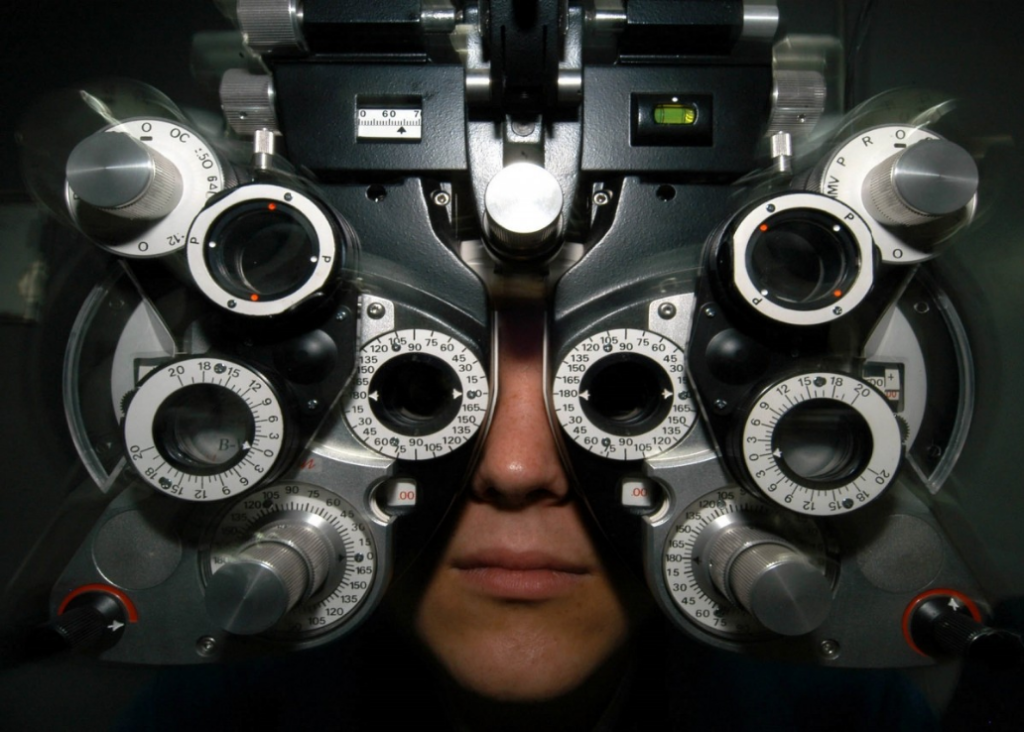Syphilis is a sexually transmitted infection, which if it not treated properly, can lead to complications and symptoms involving the eye, including inflammation, redness, and even vision loss. These complications are referred to as ocular syphilis. There have been a few studies showing that people living with HIV develop this complication of syphilis faster than others. However, the exact reason for this is not entirely clear. Therefore, researchers at the Centers for Disease Control and Prevention and the North Carolina Department of Health and Human Services decided to study this issue. They used data from all syphilis patients diagnosed in North Carolina over 2014 to 2016 to identify factors that were associated with the development of ocular syphilis in syphilis patients with and without HIV.
Between 2014 and 2016, 7,123 people were diagnosed with syphilis, and among them, 109 had ocular syphilis. Furthermore, 2,846 of the 7,123 people were also living with HIV, among which, 59 had ocular syphilis. Although the overall proportion of syphilis patients with ocular syphilis was small, the researchers found that ocular syphilis was almost twice as common in syphilis patients living with HIV, compared to syphilis patients without HIV, across all ages and races. The researchers also looked at the CD4 count (a measure of immune system function, where a lower CD4 count indicates a weaker immune system), and found that people with ocular syphilis had lower CD4 counts than those without ocular syphilis at every stage of syphilis. They also found that the proportion of ocular syphilis was higher among people with a CD4 count lower than 200 (which is a diagnosis of AIDS) compared to those with higher CD4 counts.
Many of these people were diagnosed with syphilis and HIV in a single doctor’s visit. They also had very weak immune systems (low CD4 counts) and lots of virus in their blood. This means that many of them were not screened for either of these sexually transmitted infections, because if they were, they would have been diagnosed earlier. Rather, the eye symptoms may have prompted the patients to seek health care. These research findings are incredibly important, because eye problems could potentially help alert doctors if a patient needs to be tested for HIV and syphillis. This study highlights the importance of early screening for both, syphilis and HIV, to reduce the chances of people developing ocular syphilis, and also to also diagnose HIV and syphilis as early as possible.


